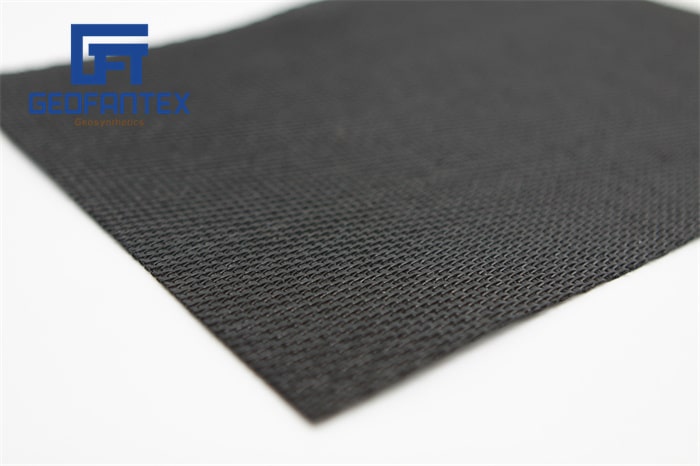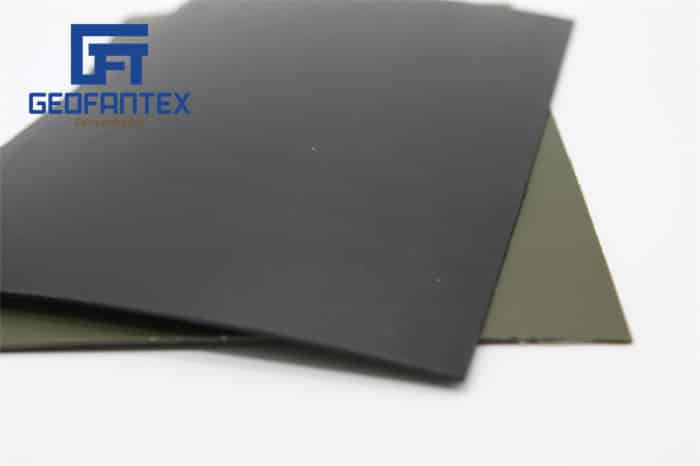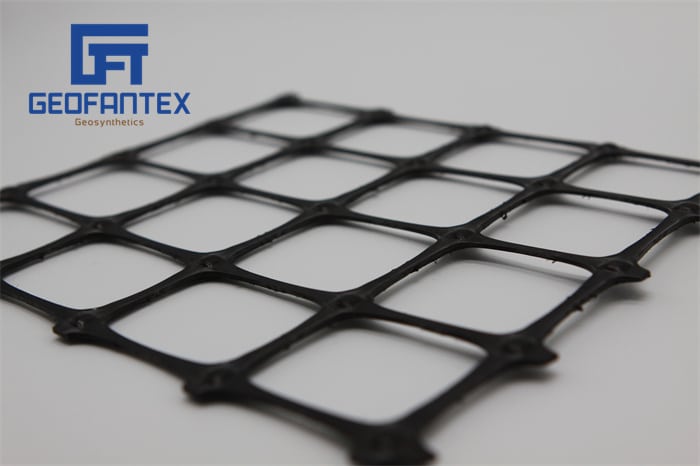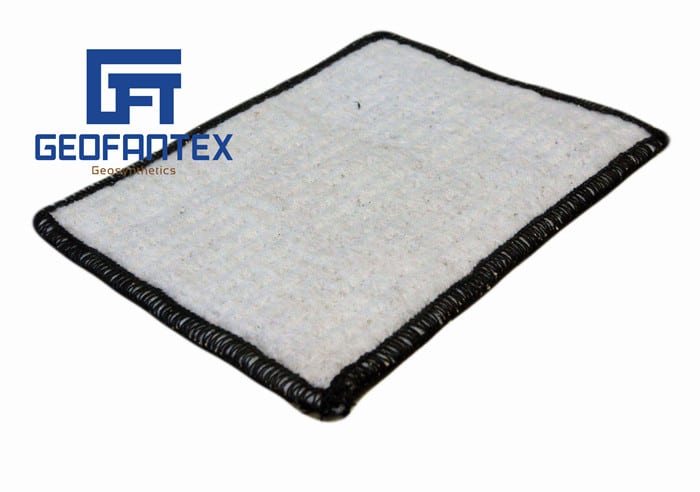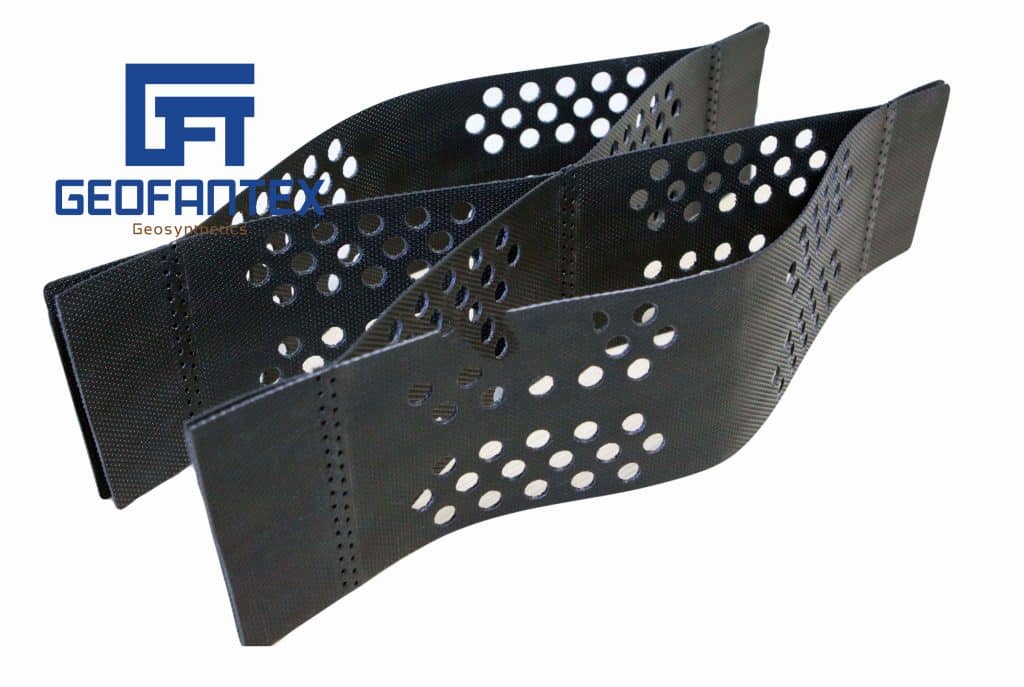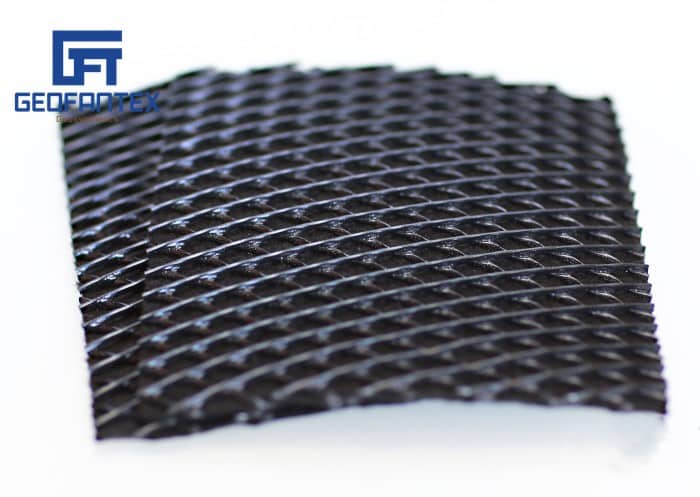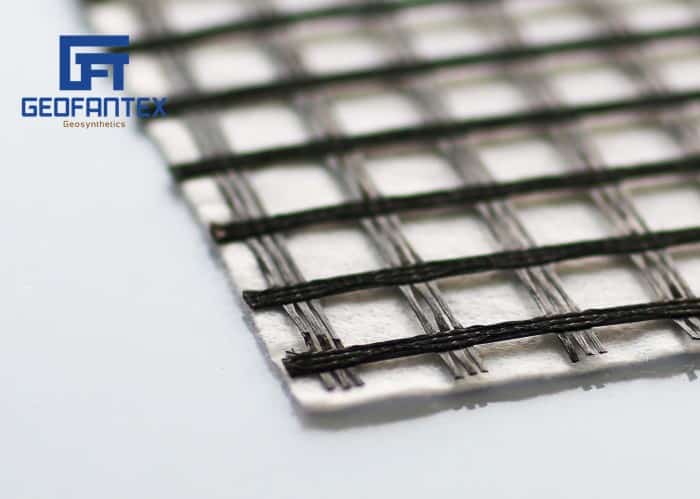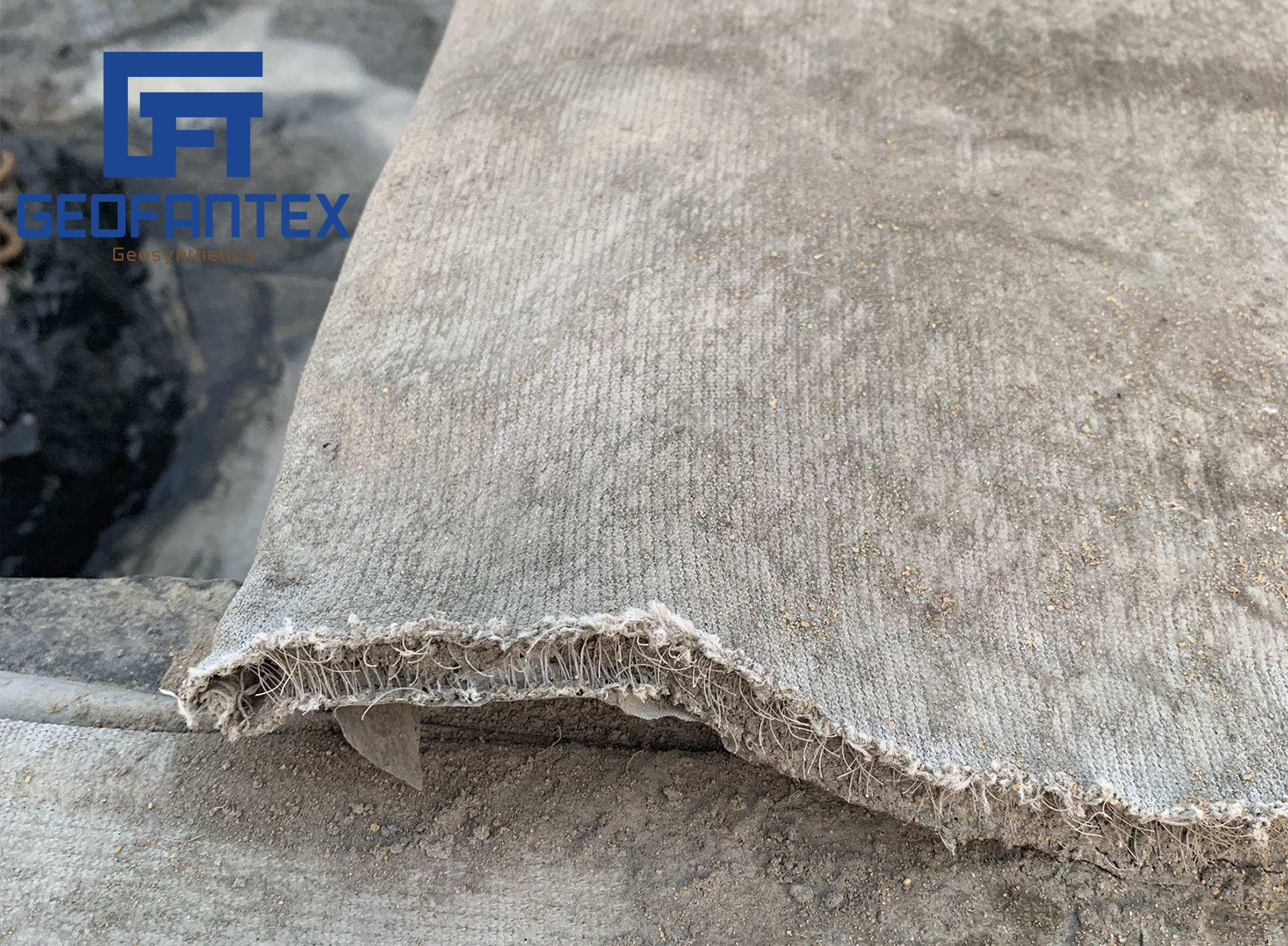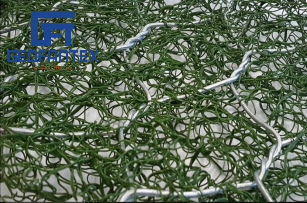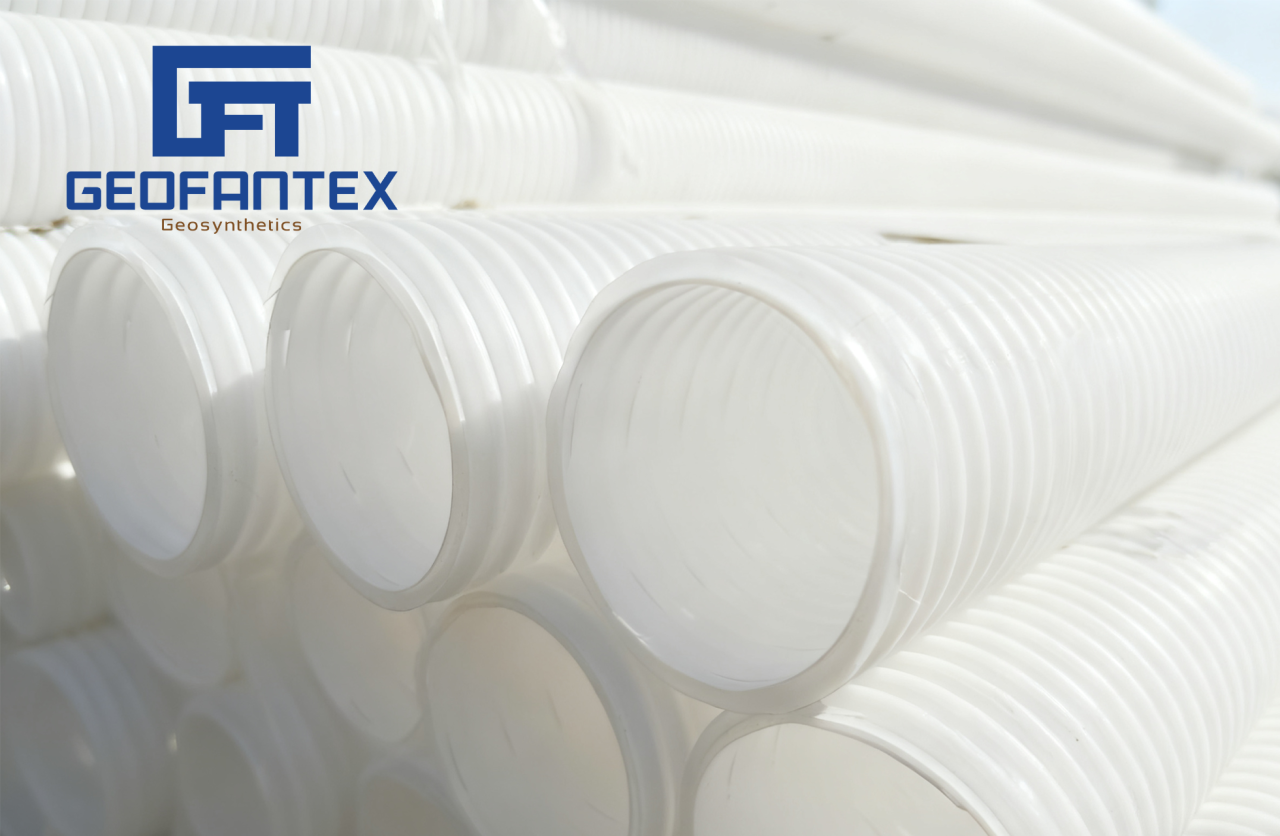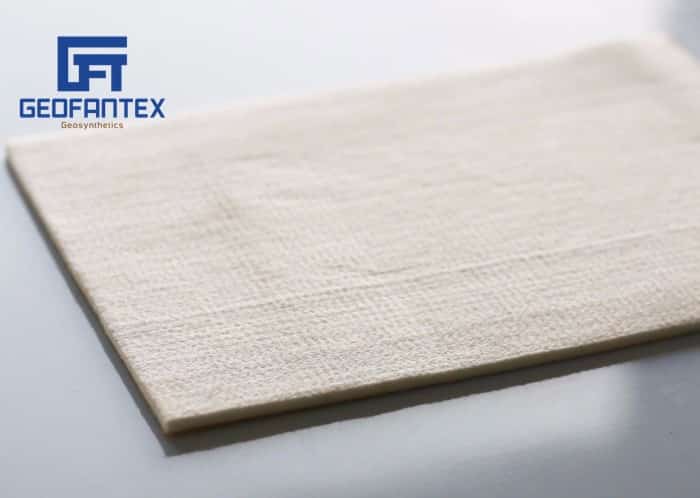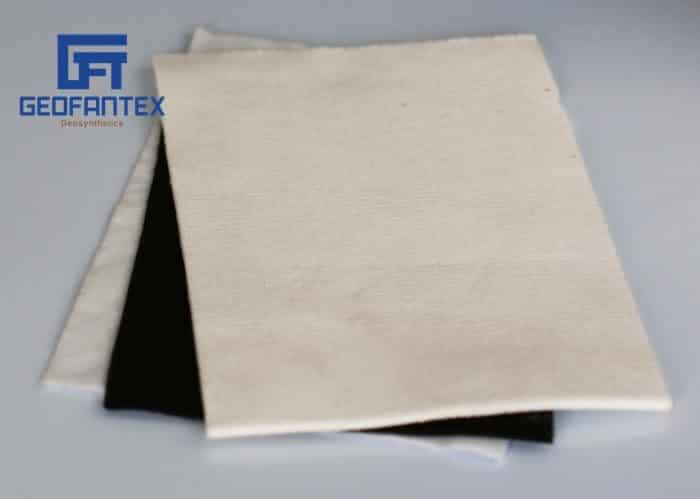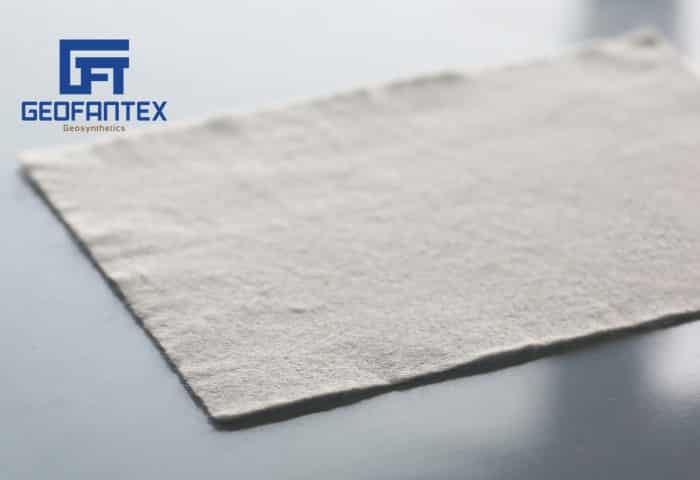+86-159 9860 6917
info@geofantex.com
geofantex@gmail.com
+86-400-8266163-44899
What are woven geotextiles, and what are they used for?
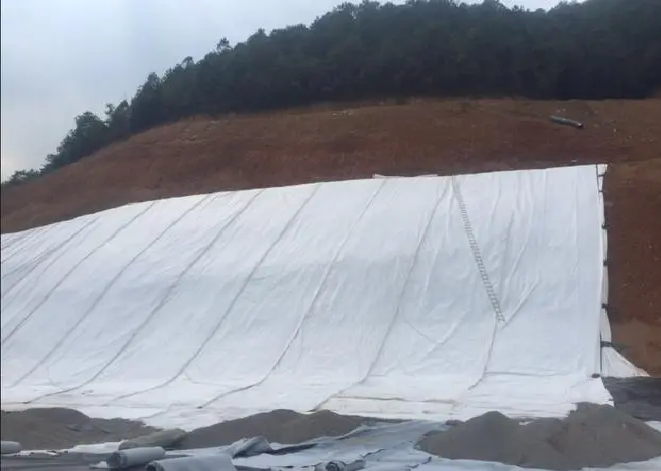
Key uses of woven geotextiles include:
- Soil separation: Preventing the intermixing of different soil layers, such as gravel and subgrade, to maintain structural integrity.
- Reinforcement and stabilization: Improving the load-bearing capacity of weak or soft soils in roadways, embankments, and construction platforms.
- Filtration and drainage: Allowing controlled water flow while retaining soil particles, which is essential for erosion control.
- Erosion protection: Safeguarding coastal structures, riverbanks, and slopes against soil loss due to water or wind.
Typical applications:
- Road and highway construction.
- Railway subgrades and embankments.
- Retaining walls and slope stabilization.
- Coastal protection works (e.g., breakwaters, seawalls).
- Drainage systems and foundations in industrial projects.
How do non-woven geotextiles differ, and in what scenarios are they best used?
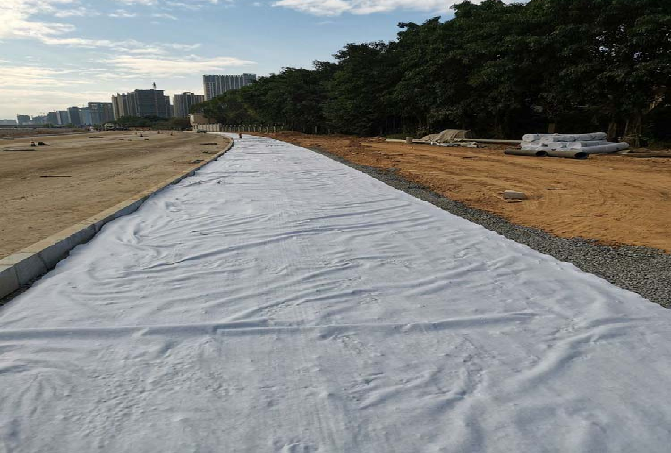
Woven geotextiles are synthetic fabrics created by interlacing two sets of yarns—typically polypropylene or polyester—at right angles, forming a strong, uniform structure. This construction gives them high tensile strength, low elongation, and excellent resistance to mechanical stress, making them ideal for reinforcement and stabilization projects.
Key uses include:
- Soil separation: Prevents mixing of layers, such as gravel and subgrade, maintaining structural integrity.
- Reinforcement and stabilization: Enhances the load-bearing capacity of weak or soft soils in roads, embankments, and construction platforms.
- Filtration and drainage: Allows controlled water flow while retaining soil particles, essential for erosion control.
- Erosion protection: Protects slopes, riverbanks, and coastal structures from water or wind erosion.
Typical applications:
- Road and highway construction
- Railway embankments and subgrades
- Retaining walls and slope stabilization
- Coastal protection (breakwaters, seawalls)
- Drainage systems and industrial foundations
Benefits:
Woven geotextiles are durable, UV-resistant, and have a long service life, making them ideal for projects where structural stability and long-term performance are critical.
Can woven and non-woven geotextiles be used together in projects?
- Tejidos (woven): Alta resistencia a la tracción y durabilidad; usados para separación de suelos, refuerzo, estabilización de suelos débiles, filtración y protección contra erosión; aplicaciones típicas incluyen carreteras, subrasantes ferroviarias, muros de contención, estabilización de taludes, obras costeras y drenaje industrial; beneficios: resistencia mecánica, UV y larga vida útil.
- No tejidos (non-woven): Alta permeabilidad, flexibilidad y filtración; usados para drenaje, separación de capas de suelo y control de erosión; aplicaciones típicas: sistemas de drenaje subterráneo, taludes, embalses y plataformas; beneficios: flujo de agua eficiente, adaptabilidad a superficies irregulares y resistencia a la perforación.
- Uso combinado: Los tejidos aportan refuerzo estructural y separación, mientras los no tejidos facilitan filtración y drenaje, optimizando estabilidad del suelo y flujo de agua en carreteras, muros de contención y control de erosión.
- Factores de elección: Función requerida (refuerzo vs filtración/drenaje), resistencia, permeabilidad, flexibilidad, costo y durabilidad según la aplicación.
What factors should be considered when choosing between woven and non-woven geotextile?

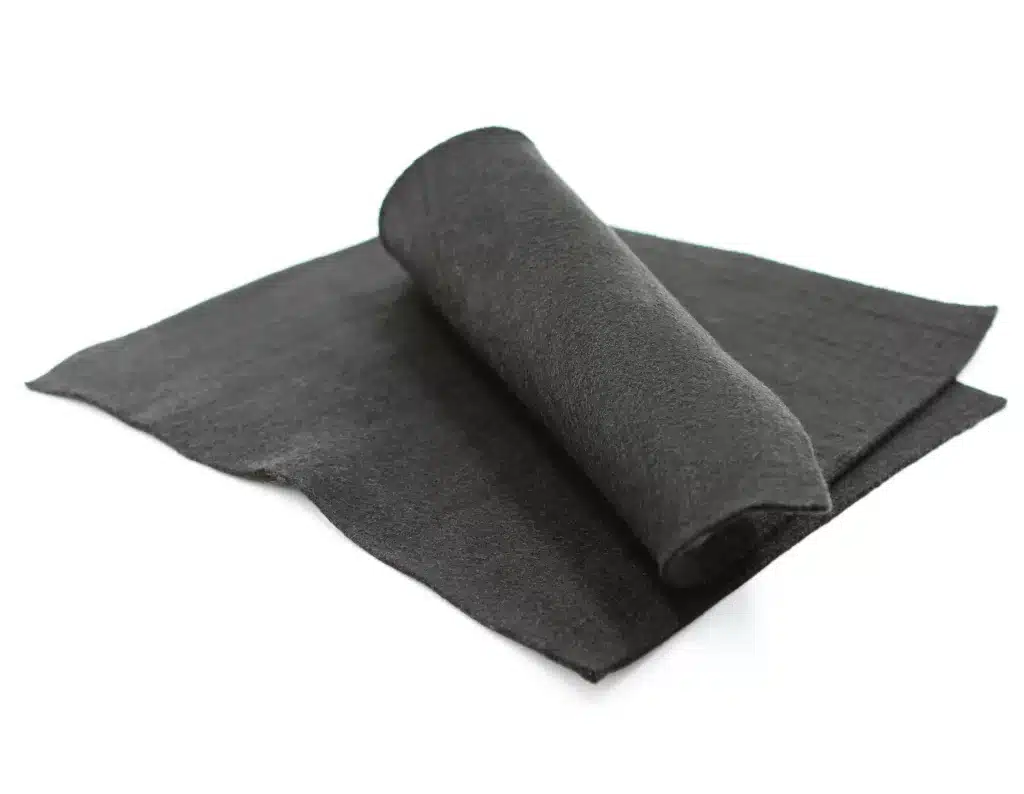
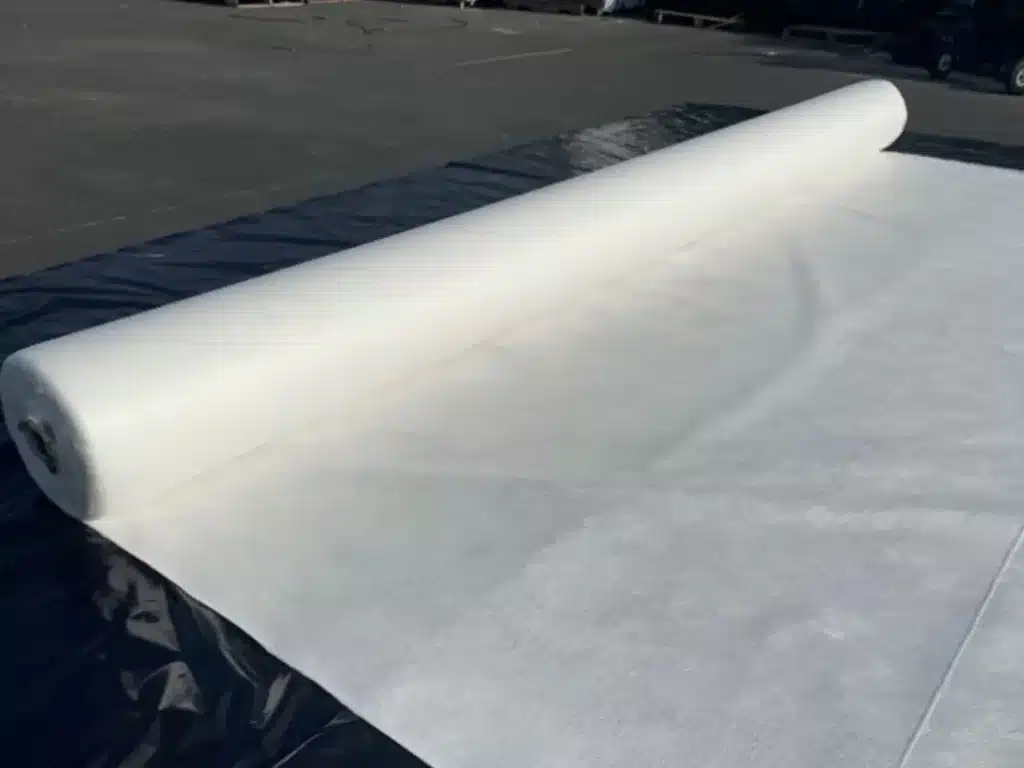
Get Free Sample
We’ll respond as soon as possible(within 12 hours)


